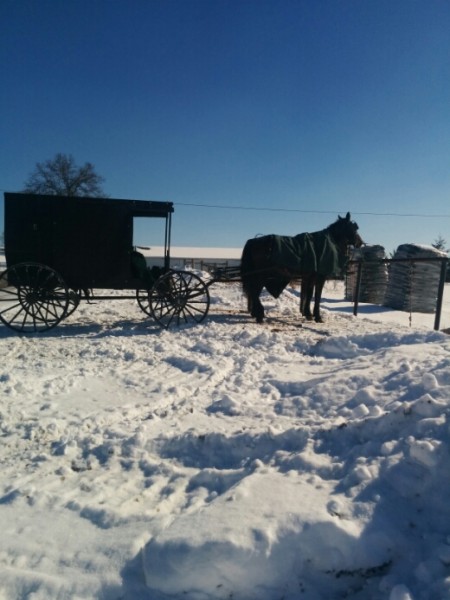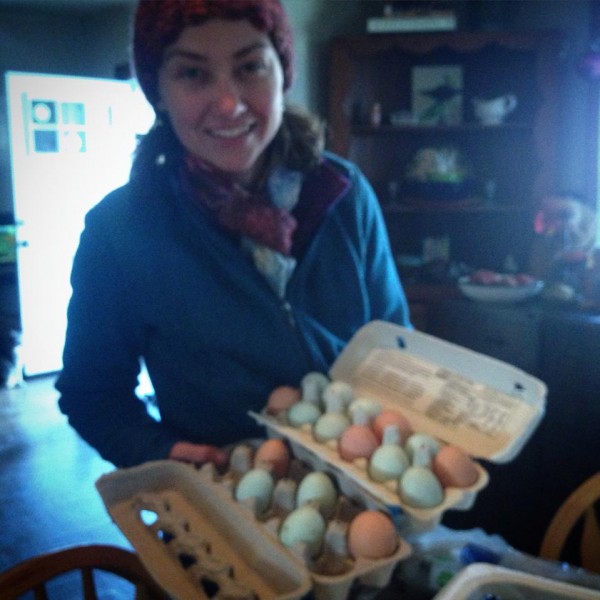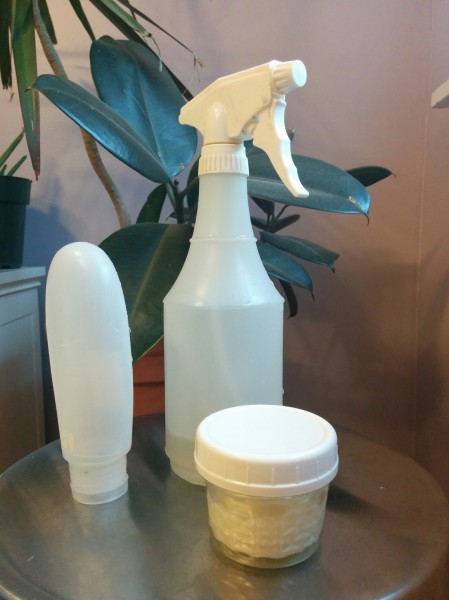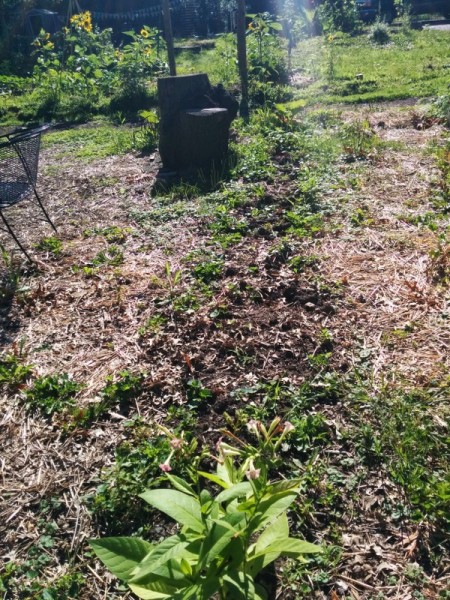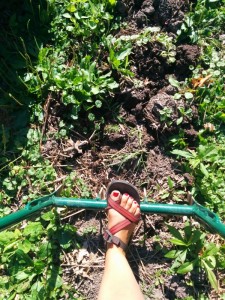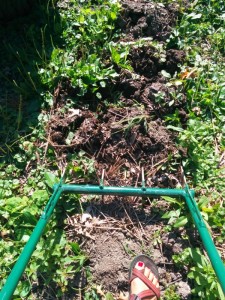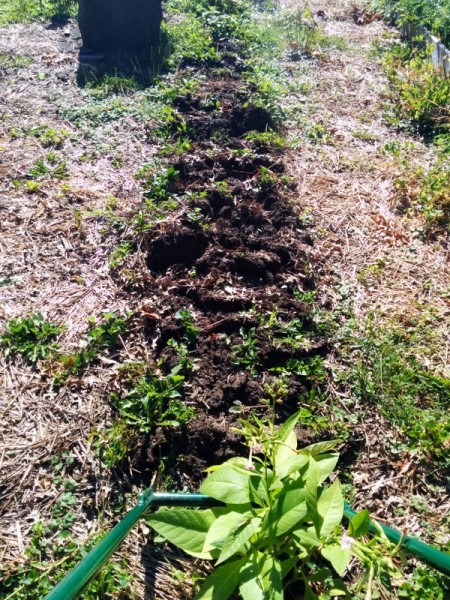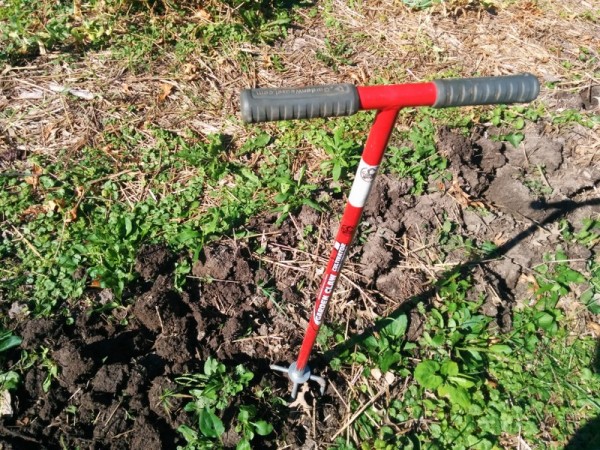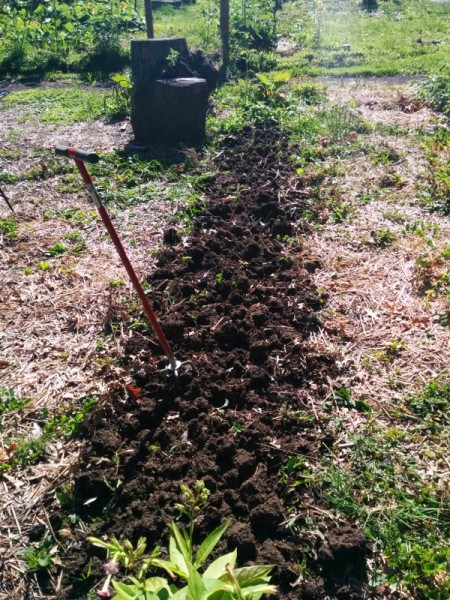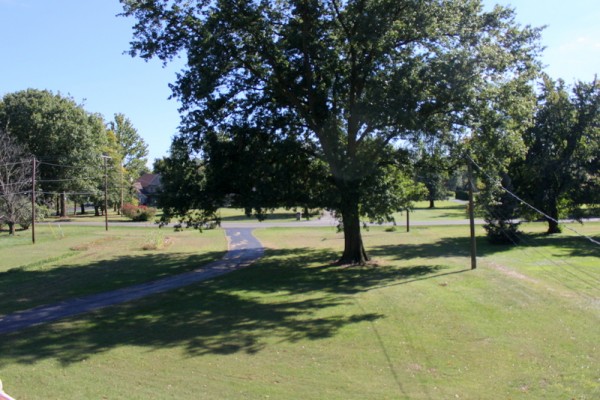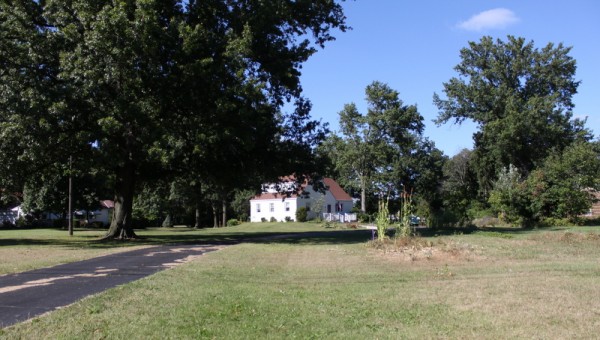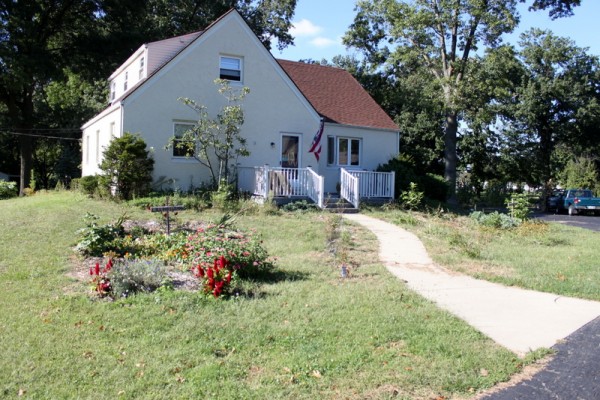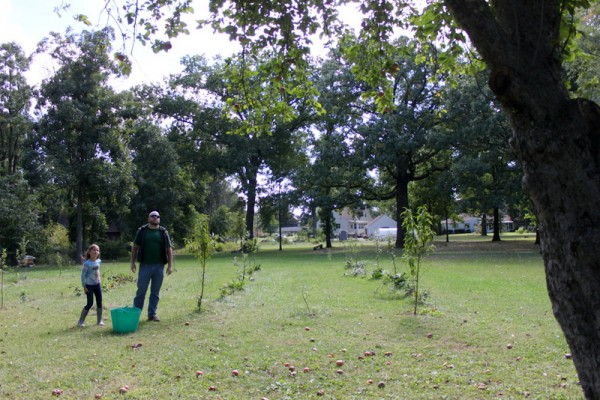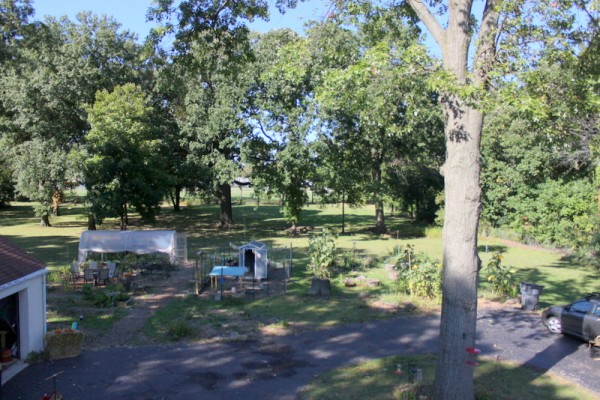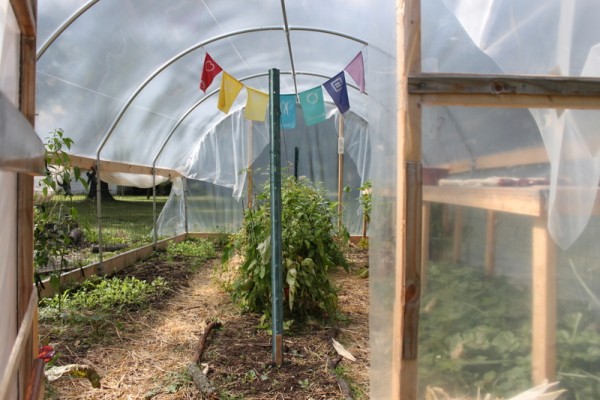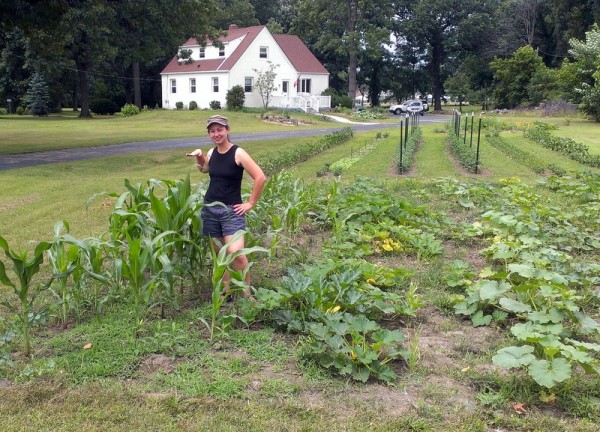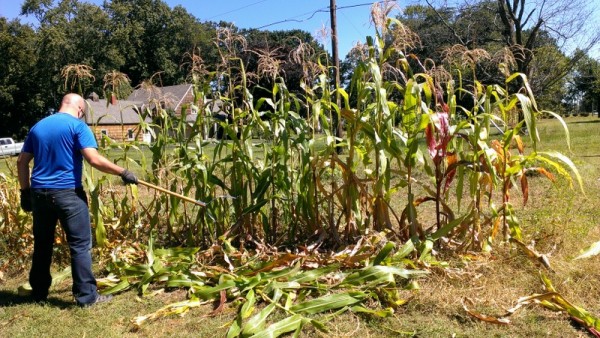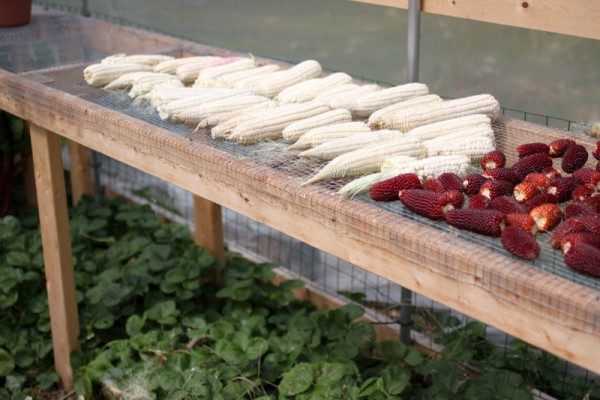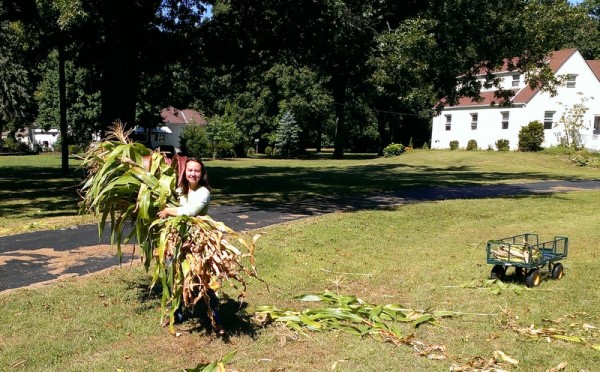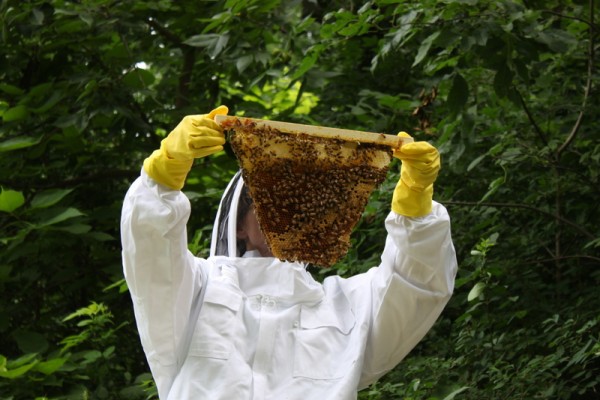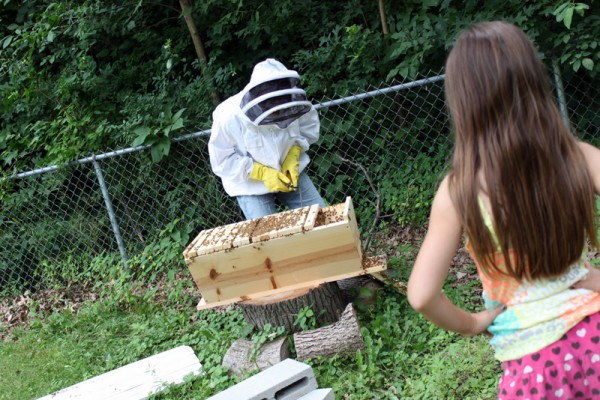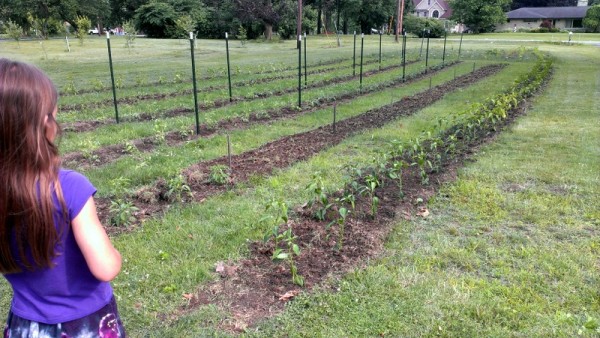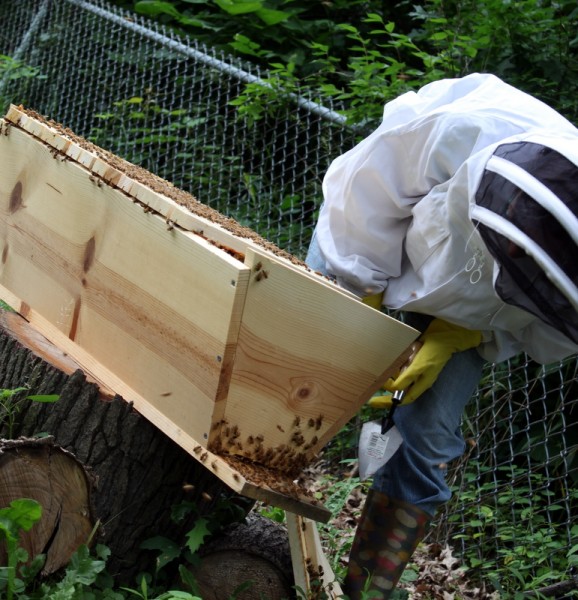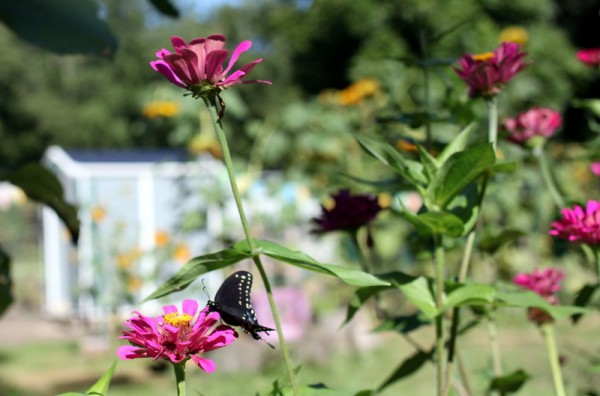 Mother Earth News and GRIT may have invented International Homesteading Education Month a few years ago but we'll celebrate it anyways. We love all kinds of holidays, even created ones, so we are all in for a month of learning and sharing.
Each member of our family adopted a learning goal for this month. Mine is to understand how to make cold-process soap. I'll attend a class at City Folk's and hopefully make my first successful batch by October 1. Alex wants to up his archery skills. He plans to build a backyard target and practice with the bow more often. Lil wants to practice sewing by making a quilt.
Mother Earth News and GRIT may have invented International Homesteading Education Month a few years ago but we'll celebrate it anyways. We love all kinds of holidays, even created ones, so we are all in for a month of learning and sharing.
Each member of our family adopted a learning goal for this month. Mine is to understand how to make cold-process soap. I'll attend a class at City Folk's and hopefully make my first successful batch by October 1. Alex wants to up his archery skills. He plans to build a backyard target and practice with the bow more often. Lil wants to practice sewing by making a quilt.
Beyond our own goals, we want to share what we already know. Our calendar is filled with educational events that we're hosting/co-promoting. Take a look at the schedule below - we would love to learn with you!
Managing Your Online Presence - Tuesday September 10 from 1 - 2 pm. - This webinar is designed to help farmers and producers increase their brand awareness to gain additional business. Register for free online.
Bread Basics - Tuesday September 17 from 6:30 - 8:30 pm at The Seasoned Farmhouse SOLD OUT
Mark Shepherd talk - Wednesday September 18 from 7 - 9 pm at Unity Church - Be inspired by a permaculture farmer during this talk featuring Mark's recent experience applying his Restoration Agriculture concepts to communities in Africa. $10 suggested donation.
Backyard Season Extension - Saturday September 22 from 2:30 - 4 pm at Swainway Urban Farm - Keep your plants productive through early winter with small-scale season extension techniques! In this workshop, we'll discuss row cover materials and install a low tunnel over a raised bed. We'll share DIY ideas and best practices for reusing materials year after year. You will also learn potential pitfalls and how to avoid them. Cost: $20 or two people may register together for $35 Register at City Folk’s Farm Shop, by calling 946-5553, or by emailing shawn@cityfolksfarmshop.com.
Dehydrating Basics - Tuesday September 24 from 6:30 - 8 pm at City Folk's Farm Shop - Dried fruits and vegetables retain many of their nutrients, take up very little space, and keep indefinitely. If you enjoy cooking with a vegetable or fruit dried, this is the simplest way of food preservation. We'll compare DIY and manufactured dehydrators, sample dried goods, and share tips for using dehydrated foods. Cost: $20. Register at City Folk’s Farm Shop, by calling 946-5553, or by emailing shawn@cityfolksfarmshop.com.
Salads and Dressings - Sunday September 29 from 3:30 - 5:30 pm at Franklin Park Conservatory - Unleash the power of a beautiful salad and you’ll discover new delicious ways to serve nutritious vegetables at every meal. We’ll go old-school by making Caesar Salad with croutons and dressing from scratch, mix up a modern beet, goat cheese, and greens with mustard citrus vinaigrette, and taste an overnight-marinated kale dish. Every participant will make a dressing to take home. $30 members; $35 non-members. Registration details on the Franklin Park website.
Home Ec Columbus - Monday September 30 from 8-10 pm at City Folk's Farm Shop - Bring a dish to share (or not) and join our casual group of food lovin' folks. Free
Sharing this with you now since Seasoned Farmhouse classes tend to sell out quickly! Puttin' Up Apples - October 23 6:30 - 8:30 pm at The Seasoned Farmhouse - From Granny Smith to Gold Rush, Paula Red to Pink Lady, Ohio apples are some of the best in the world. You can put up these nutritious fall fruits to enjoy year-round with just a few simple techniques. Learn the secrets to keeping apples fresh for up to nine months, how to dry apple chips, and make a jar of applesauce in class to take home. Rachel will also share her great grandmother's time-tested recipe for apple butter. $65.
What are your educational goals for September?

